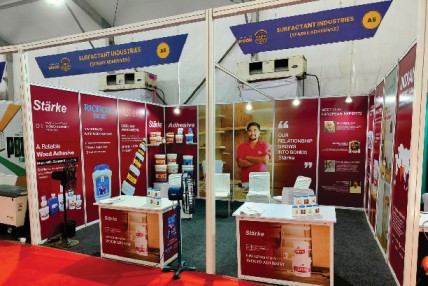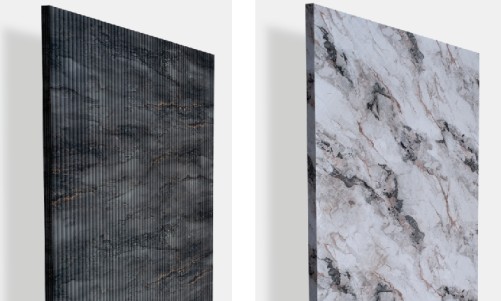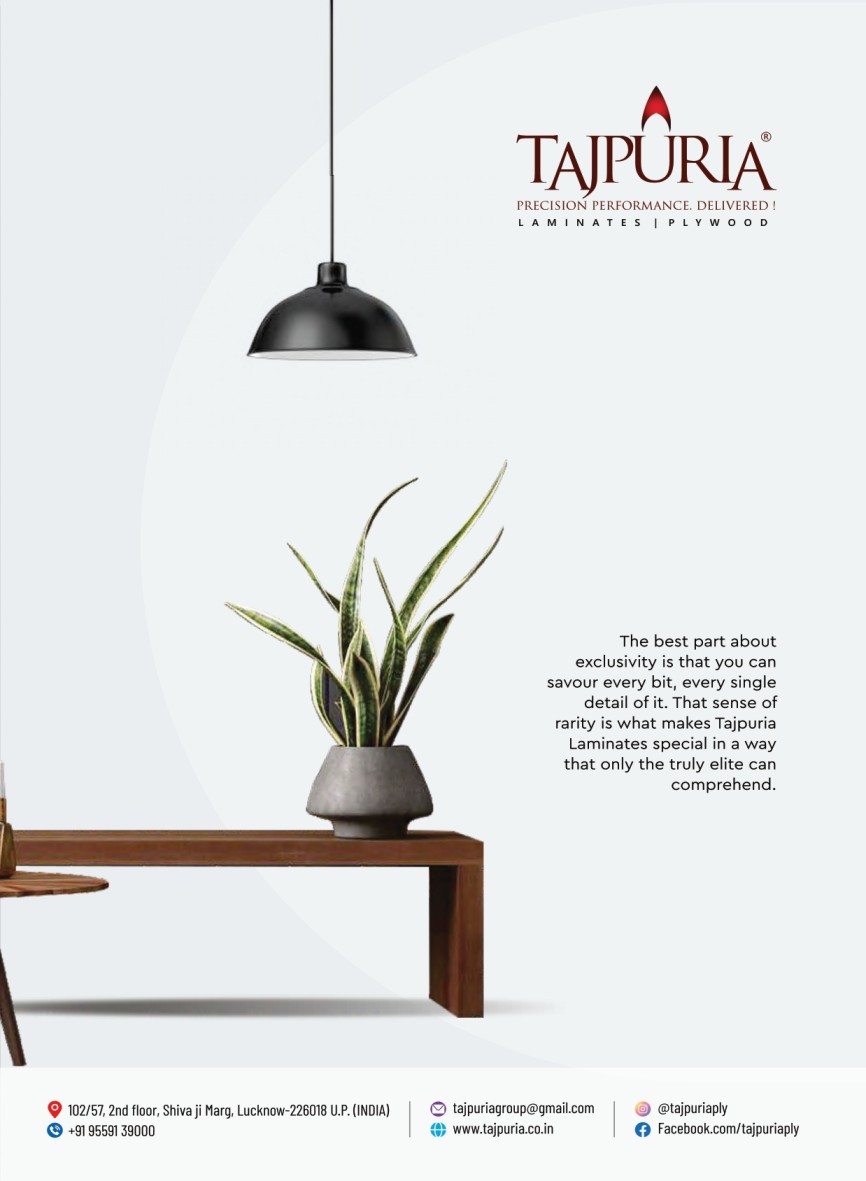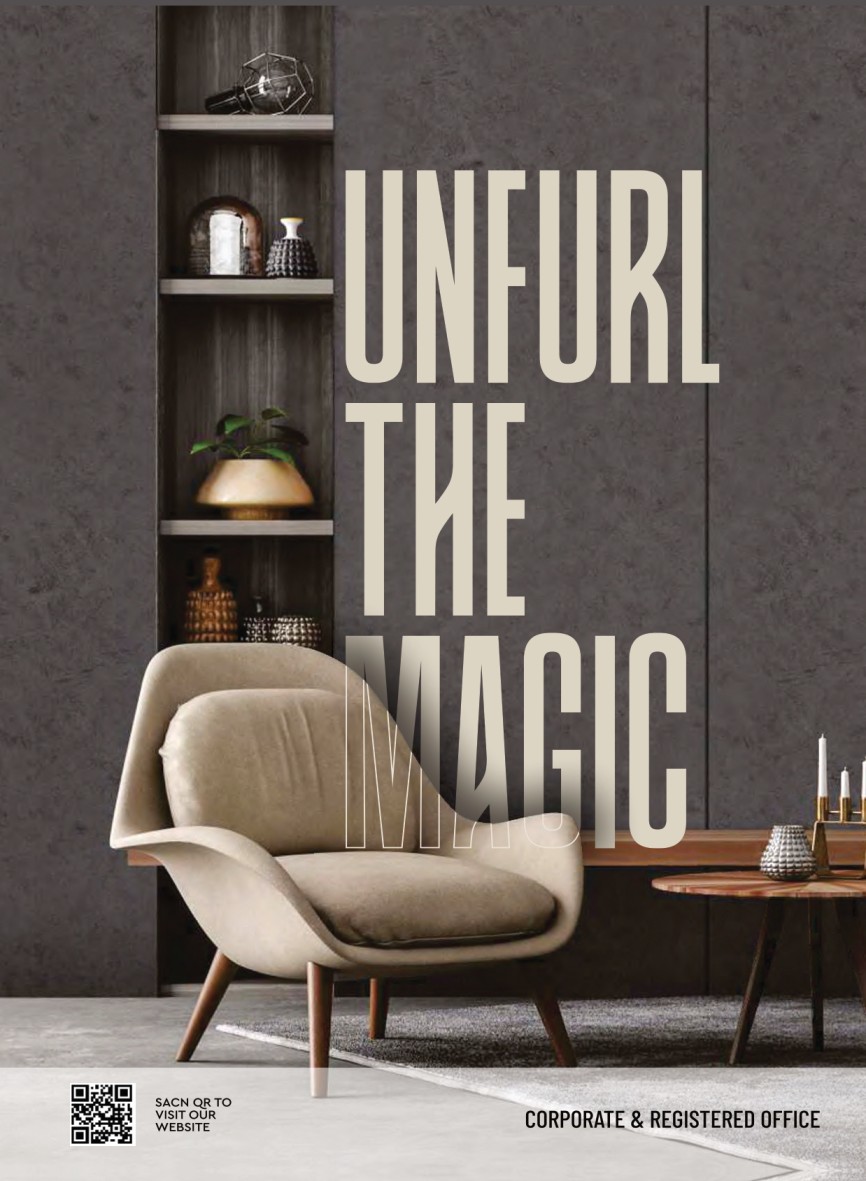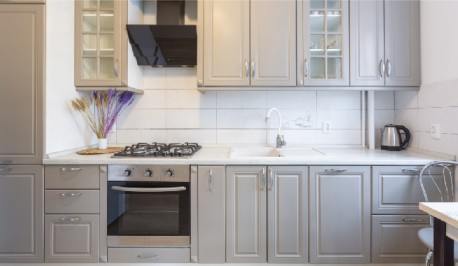
Why Architects & Interiors Designers are shifting to FSP Applications
- November 27, 2023
- 0

 In the ever-evolving world of architecture and interior design, professionals are constantly seeking innovative materials and technologies to enhance their creations. In recent years, there has been a noticeable shift towards the use of Fire Smart Panel (FSP) boards in various projects. To shed light on this trend, we sat down with a group of architects and interior designers to discuss why FSP boards are gaining popularity and how they are transforming the industry.
In the ever-evolving world of architecture and interior design, professionals are constantly seeking innovative materials and technologies to enhance their creations. In recent years, there has been a noticeable shift towards the use of Fire Smart Panel (FSP) boards in various projects. To shed light on this trend, we sat down with a group of architects and interior designers to discuss why FSP boards are gaining popularity and how they are transforming the industry.
Questions: Let’s start by understanding what exactly FSP boards are and what sets them apart from traditional building materials.
Answer: FSP boards, or Fire Smart Panel boards, are a relatively recent addition to the construction and interior design material palette. What makes them unique is their exceptional fire resistance. Unlike traditional materials, FSP boards have been rigorously tested and meet the highest safety standards. They offer not only peace of mind but also a new level of design freedom, as they allow architects to incorporate fire-resistant elements seamlessly.
Questions: Can you give us an idea of the types of projects where architects are incorporating FSP Boards?
Answer: FSP boards are particularly beneficial for projects that prioritize safety and aesthetics. We see their use in a wide range of spaces, from residential homes to commercial buildings, hotels, and even public institutions like schools and hospitals. They are excellent for kitchen areas, partitions walls, and decorative elements because of their fire-resistant properties.
Questions: Are there any specific design advantage to using FSP boards in projects?
Answer: Absolutely. FSP boards offer a sleek and modern finish that can be adapted to various design styles. They come in a variety of textures and colors, providing interior designers and architects with plenty of options to create stunning visual effects while ensuring fire safety. Moreover, their lightweight nature makes them relatively easy to install and work with.
Questions: Safety is a critical concern when designing spaces. Could you elaborate on the fire-resistant properties of FSP boards and how they compare to traditional materials?
Answer: Fire Smart Panel boards have a remarkable ability to withstand high temperatures. They don’t contribute to the spread of flames and have smoke generation, making them ideal for creating safe and secure environments. In contrast, traditional materials like wood or standard drywall can be highly flammable, putting occupants at risk.
Questions: It’s clear that FSP boards offer a substantial advantage in terms of fire safety, Are there any other benefits to using them in design projects?
Answer: Yes, besides fire resistance, FSP boards are also moisture-resistant, which is significant advantage in spaces prone to humidity or water exposure, such as bathrooms or kitchens. They are durable and long-lasting, reducing the need for frequent maintenance or replacements.
Questions: Can you share any specific examples of projects where you’ve successfully incorporated FSP boards, highlighting their benefits?
Answer: Certainly. We recently worked on a hotel renovation projects using FSP boards for wall panels in the lobby area. The boards allowed us to achieve a modern aesthetic while ensuring the highest level of fire safety, which is crucial in a public space like a hotel. This not only satisfied safety regulations but also provided peace of minds for both the owners and guest.
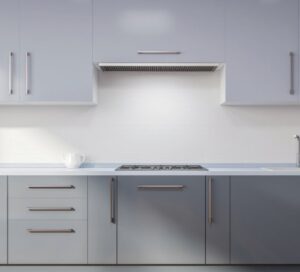 Questions: It’s impressive to see the practical application of FSP boards in real projects. As we wrap up, can you offer tips to fellow architects and interior designers considering integrating FSP boards into their designs?
Questions: It’s impressive to see the practical application of FSP boards in real projects. As we wrap up, can you offer tips to fellow architects and interior designers considering integrating FSP boards into their designs?
Answer: My advice would be to collaborate closely with manufacturers and suppliers who specialize in FSP boards. They can provide valuable insights into design possibilities and technical specifications. It’s essential to stay up-to-date with the latest innovations in materials and construction techniques to make the most of this remarkable building material.
I would also suggest exploring the versatility of FSP boards and experimenting with different textures and colors. Don’t limit your creativity. These boards can open up new design horizons while ensuring the safety of your clients and the public.
Conclusion: Due to manifold benefits of FSP boards, architects and interior designers are increasingly opting for this material in their projects. With its exceptional fire resistance, design versatility, and suitability for a wide range of applications, FSP boards are becoming a preferred choice, enhancing safety and aesthetics across various design settings. As professionals continue to seek innovative solutions, it’s evident that FSP boards have a promising future in the industry, offering a winning combination of style and security.



